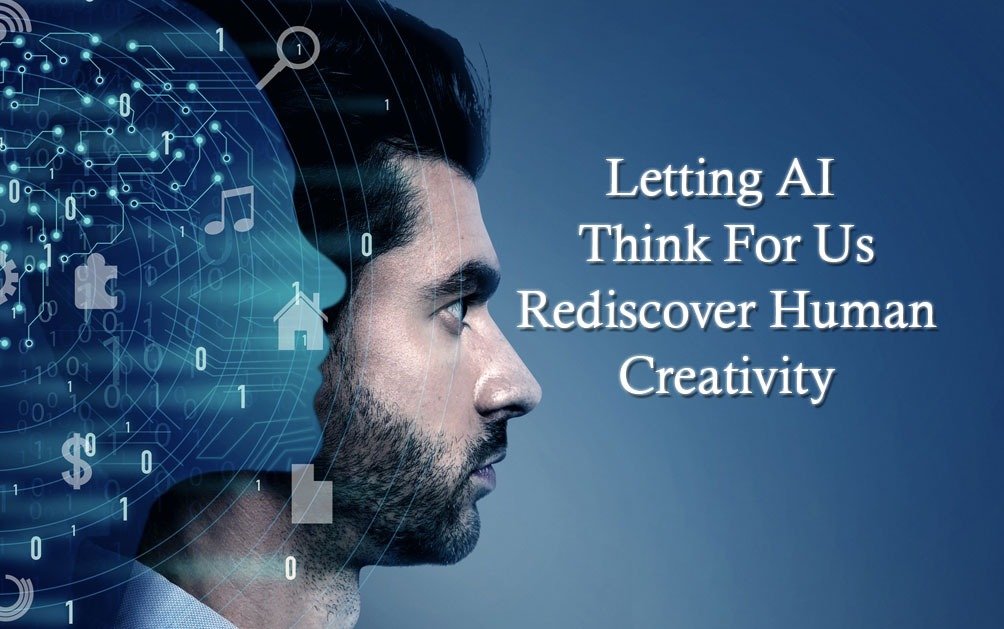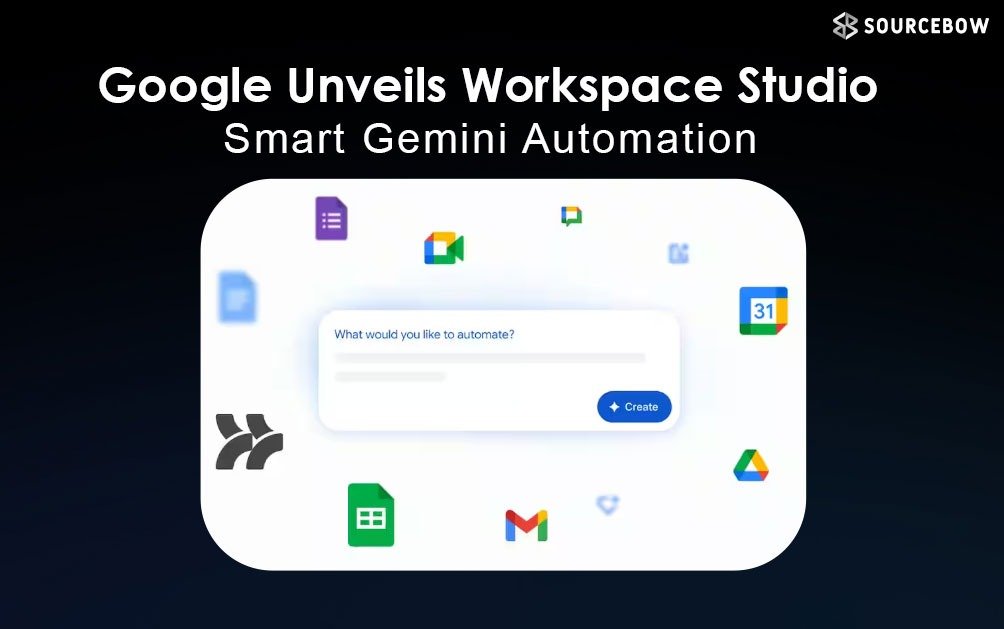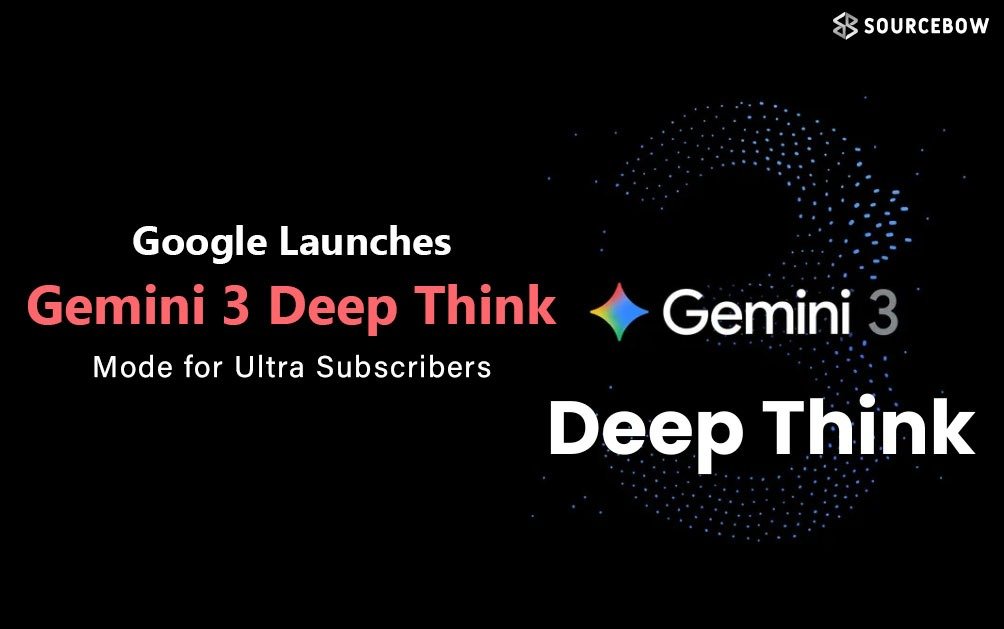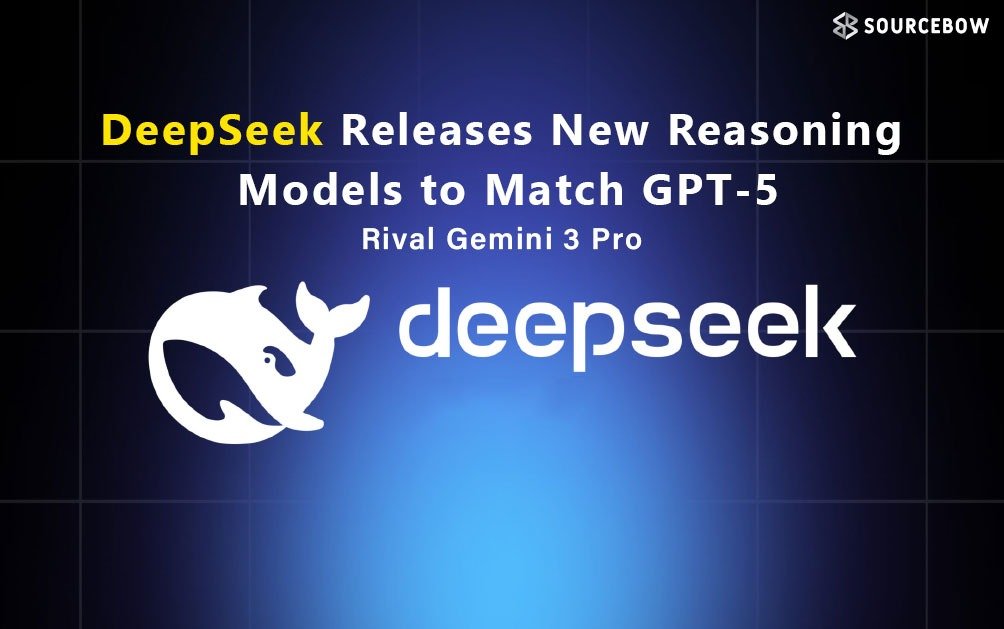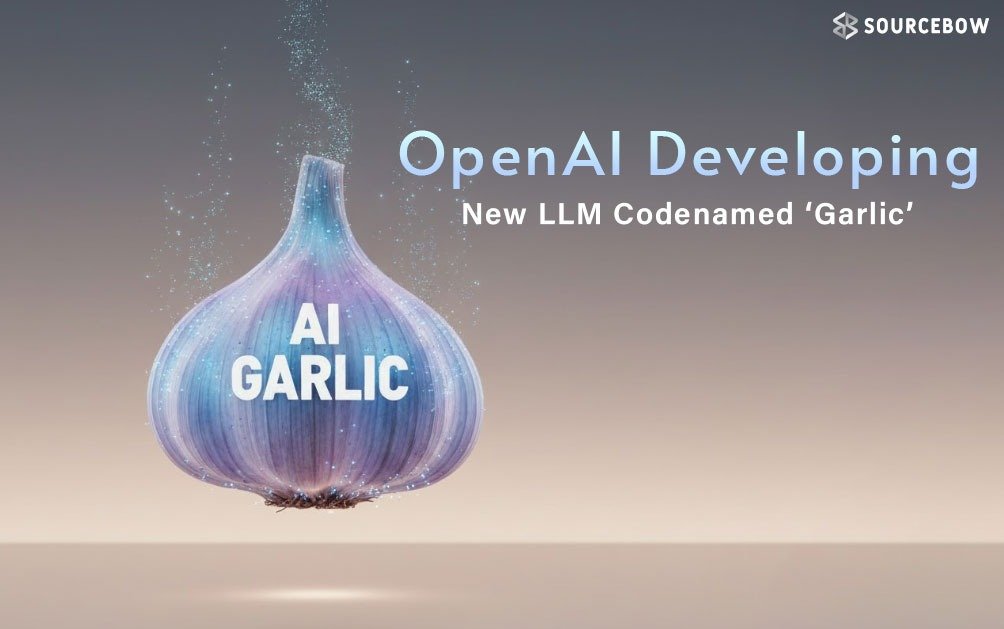What Happens When We Let AI Think For Us? The Hidden Cost of Convenience
Opening Image Idea — Letting AI Think For Us
Have you ever thought about what life would’ve been like if cavemen had access to artificial intelligence? Imagine a caveman asking his AI, “How make hot orange flame from stick?” and the AI replying, “Gather dry twigs. Strike with flint. Warning: fire may cause burns.” Pretty funny to picture, right? No cave drawings, no experimenting with stones — just clean instructions and maybe a printed report.
But here’s a thought worth sitting with: if early humans had AI to do the thinking for them, would they have ever learned how to think at all? Would they have invented tools, discovered fire, or told stories around it? The truth is, what made humans evolve was not having all the answers, it was the struggle to find them.
And that struggle still matters today.
When Answers Come Too Easy — Letting AI Think For Us
It’s become normal to hear people say, “Oh, I just asked AI.” Whether it’s for a school project, an essay, or a quick idea — one click, and done. Fast. Polished. Effortless.
But something strange happens when we start relying too much on tools that think for us. The less we wrestle with ideas, the less we actually own them. It’s like skipping the part of the climb that teaches you balance — you reach the top, sure, but you miss learning how you got there.
Students everywhere are beginning to feel this quiet shift. Essays sound cleaner but oddly hollow. Projects look clean but feel lifeless. Everyone’s work is starting to sound the same perfectly formatted perfectly phrased but missing that spark of individuality.
It’s as if creativity is being ironed flat by convenience.
The Danger of Skipping the “Messy Middle” — Letting AI Think For Us
Every great idea has a messy middle that chaotic, sometimes frustrating stage where thoughts tangle and new ones take shape. That’s where originality grows. But when AI becomes the first step, we skip that stage entirely.
Education isn’t only about what gets turned in at the end. It’s about the messy brainstorming, the small failures, and the mental detours that make us think differently. When machines do that part for us, we might finish faster, but we also lose a piece of what makes learning human.
A study by the Pew Research Center in 2023 found that only 6% of U.S. public school teachers believed AI was doing more good than harm. About a quarter said it did more harm, and the rest weren’t sure. A Swiss report in 2025 revealed that 70% of teachers viewed AI use in assignments as plagiarism. And in just one year, AI-generated plagiarism cases jumped from 48% to 64%.
Numbers aside, the message is clear — teachers are worried. Not because AI exists, but because of how it’s used.
When Tools Become Crutches — Letting AI Think For Us
There’s nothing wrong with using AI. The problem starts when it becomes a shortcut to avoid thinking. It’s like using GPS for every short walk after a while, you forget the route to your own house.
AI is incredible for teachers planning lessons or visualizing concepts. But when students use it as a substitute for effort their mental muscles weaken. The curiosity that drives real learning starts to fade.
It’s easy to spot when this happens. The excitement of discovery disappears. The writing sounds “too right.” Ideas stop feeling like they belong to the person who wrote them.
And that’s the real cost — not the grades, not the plagiarism warnings, but the quiet loss of confidence in one’s own thinking.
Using AI the Smarter Way — Letting AI Think For Us
There’s a better way to bring AI into learning — not as a replacement, but as a partner.
Start with your own ideas. Scribble them out. Let them be messy. Then bring AI in, not to write for you, but to sharpen what’s already yours. Ask questions like, “How can I make this sound simpler without losing my voice?” or “Can you give me more examples around this theme?”
That’s when AI becomes powerful — when it builds on human thought instead of overwriting it.
AI can also help tailor learning. Everyone absorbs information differently. Some need visuals, others learn through examples. Asking AI for diagrams, analogies, or story-based explanations can make tough concepts easier to grasp. That’s what technology should do — support your way of learning, not take it over.
A Small Challenge for Every Student — Letting AI Think For Us
Try this next time. When working on a project or essay, don’t open AI first. Sit with the blank page for a while. Let your brain stretch and wander. Then, once you’ve got your rough ideas, bring in AI like a second pair of eyes.
Use it to refine, not replace.
AI can help you polish your words. It can organize your structure. But your ideas? Those have to come from you.
Because if we stop thinking for ourselves, we stop growing.
Why the Struggle Still Matters — Letting AI Think For Us
Let’s go back to those cavemen for a second. Suppose they had AI. Maybe the pyramids would’ve been built in a few weeks, with drones flying around and bots managing the whole project. Efficient, sure. But they’d have missed centuries of learning — the mistakes, the discoveries, the art, the spark that came from trying and failing.
That struggle, that sense of wonder — that’s what made them human. And that’s what makes us human, too.
Technology is supposed to make life easier, not smaller. It should amplify our voices, not drown them. When we let AI think with us instead of for us, we do not just use the tool we grow with it.
So maybe the real challenge isn’t whether AI will take over the world. It’s whether we’ll stop using our own minds long before it happens.
And that’s something worth thinking about.
Final Thought: Letting AI Think For Us
AI can create perfect sentences, but only humans can create meaning. Do not outsource your mind because your ideas, even the messy ones matter more than you think.

